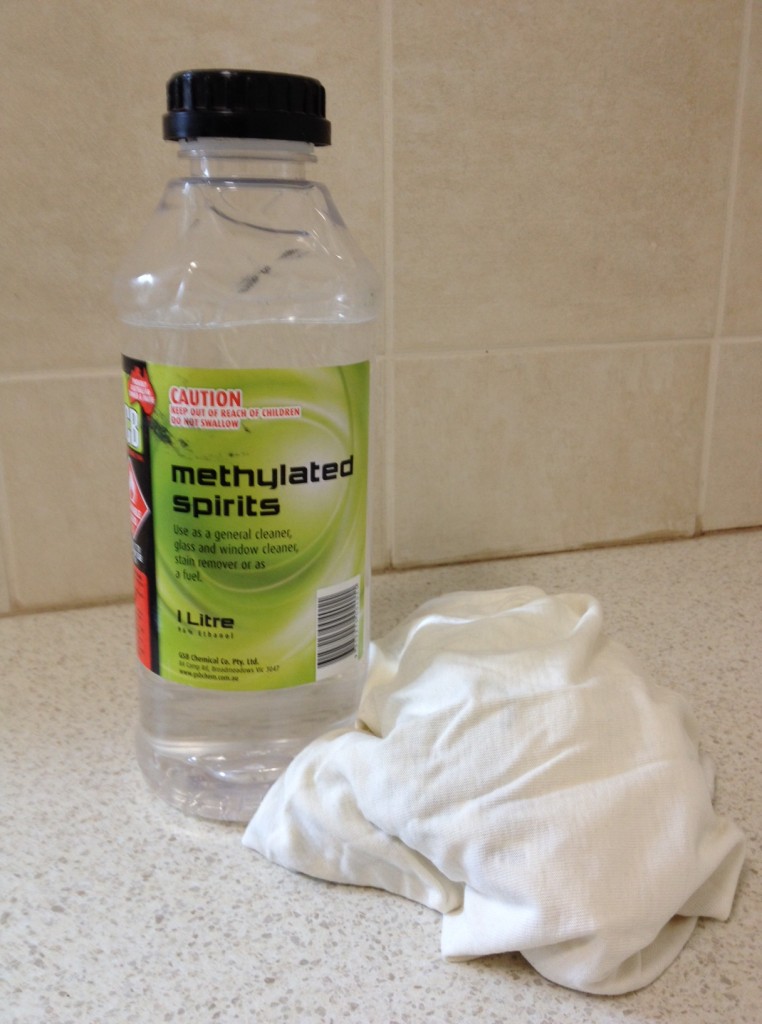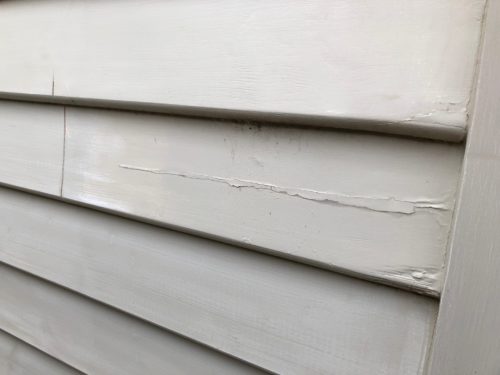It is important to determine the type of paint you have on the surfaces you are about to paint, because that will determine the type of preparation that is required.
You need to apply a small amount of Methylated Spirits onto your clean rag and then apply the moist rag to the surface you wish to test. That surface could be ceilings, walls, doors, architraves, skirting or windows and it could even be gutters, fascia, eaves and weather boards. Gently rub the Methylated Spirits onto the surface and if the area tested has become soft and the paint has dissolved slightly, or come off onto the rag, then you have acrylic paint. If no paint has dissolved or come off onto the rag, then you have enamel paint.
If you have tested the surface and you have acrylic paint, then you are able to use any acrylic undercoat or acrylic top coat over this surface and you are also able to use any enamel undercoat or enamel top coat as well.
If you have tested the surface and you have enamel paint, it is advisable to give the surface a light sand with a medium to fine sandpaper then apply an enamel undercoat before finishing with either an acrylic or enamel based top coat paint.
Keep in mind, that it is important to know that there are always varying degrees of preparation when it comes to painting surfaces with enamel, especially when it has been applied to woodwork. It is not always a simple case of painting an undercoat and away you go. Factors to consider are, the age of the timber and paint quality, if the surface is peeling or blistering and whether there is evidence of lead paint, will ultimately determine the type of preparation required like sanding and paint stripping before any undercoats are applied.



